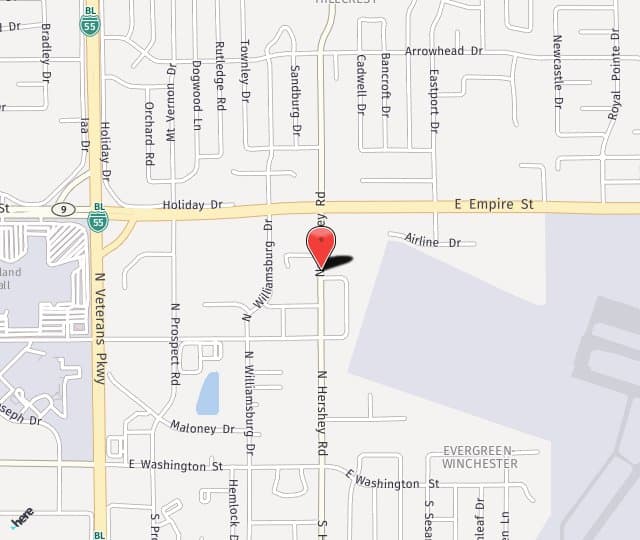
What is facial fat transfer?
Facial fat transfer is a two-step treatment process that is also referred to as fat injections and fat grafting. The process is minimally invasive and uses your own body fat to restore or add volume to another area; in this case, the face. Common reasons fat transfer is performed is to address hollow-looking eyes, thin lips, sunken cheeks, and deep creases like the nasolabial folds that develop around the nose and mouth.
Fat transfer is performed by a board-certified physician who has received specific training in this technique. To begin the treatment, the physician administers a local anesthetic to numb the area from which fat cells will be extracted. Liposuction is then performed on that area to obtain valuable cells. This part of the procedure is just as important as what comes next. Dr. Tattini conducts liposuction carefully so as not to affect fat cells adversely and also to leave the harvest area smooth and beautifully contoured.
After fat has been obtained, tissue is processed in a centrifuge to purify fat cells from other liquid and blood cells. Finally, the purified fat is introduced to areas of the face that need volume restoration using a small needle. Fat transfer is not as simple as inserting cells into an area like the cheeks or lips. This technique carefully lays layers of fat cells into the subcutaneous area to build volume in the way it would occur naturally.
What happens after facial fat transfer?
We anticipate swelling, redness, and bruising to occur in both areas involved in fat transfer. For this reason, patients often schedule about one week off work and social obligations. Aside from visible side effects, fat transfer typically does not cause severe discomfort. Patients are advised to avoid vigorous activity for several days, which helps with mild aching that may be felt.
An important aspect of fat transfer that you should know if you’re considering this treatment is that results are not considered final until approximately 9 months after treatment. During the first three months, up to 60% of the inserted fat cells will die. After this time, the treated area may look as if nothing was done or as if very minimal results have been achieved. However, the fat cells that survive gradually plump up, providing natural-looking volume.
Discover the many benefits of facial fat transfer. Call (309) 664-1007 to schedule your consultation in our Bloomington, IL office.

